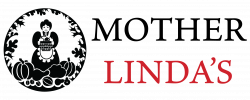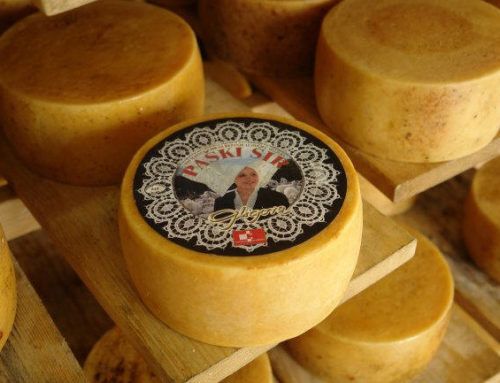French goose and duck fat: A Golden Treasure
The humble goose is the source of luxury down, goose meat, foie gras, and golden goose fat.
Food historian Maguelonne Toussaint-Samat, writes in her tome History of Food, “In the South of France, goose fat is as important as butter in Normandy or olive oil in Provence. It is more than just a cooking fat; it is an article of faith.”
When geese are fed lots of corn to fatten up their livers before they are harvested for foie gras, the whole bird becomes fattened up, including the meat and skin. When a goose is cut apart to prepare it for cooking, as the French rarely roast a whole bird as the Chinese do, most of the skin is reserved to make goose fat. The thickened skin, which can be as thick as 1/2-inch, is cut into bite-sized cubes and placed in a copper pot with a little water. (The water helps the skin not stick to the bottom of the pot and eventually evaporates). The fat is slowly melted over very low heat—which is called rendering. Some add a little salt and sugar to the liquefied fat which helps sink the crispy skins to the bottom of the pot. In France, crispy skins, or cracklings, are called gratons, and are seasoned with salt and pepper and served as an appetizer with an aperitif.
When it cools, goose fat is a beautiful pale yellow and solid at room temperature, but softer than lard. The French goose fat I sell comes packed in a can that you can leave at room temperature until it is opened and thereafter keep in the refrigerator. After opening the can, you can also transfer the goose fat into a glass jar.
Some say goose fat is good for pastry, but I find the dough easily falls apart. Hence, I much prefer lard. Since goose fat is stable at high temperatures, it is great for frying potatoes (see recipe on back panel), but one of the most classic dishes incorporating goose fat is the French cassoulet. This classic dish can be made with pork or lamb, but some of the best are made with goose. Cassoulet recipes are long and time-consuming in preparation—but are well worth the effort. The basic ingredients are beans and confit d’Oie, which is goose meat preserved in goose fat.
In Sally Fallon’s Nourishing Traditions (pg. 244) she quotes a New York Times article that talks about the long-lived inhabitants of Gascony, a region of southwest France. Gascons revel in the use of good fats like goose fat. They slather it on bread instead of butter, much like Germans spread rye bread with Grieben Schmalz, an interesting and ubiquitous a lard/crackling combo. A 10-year French study mentioned in the New York Times article revealed that although Gascons eat one of the most fatty diets in the industrialized world, they also have the lowest rate of heart and cardiovascular disease in France.
| According to Mary Enig, lipid scientist and author of Know Your Fats, goose fat contains 35 percent saturated fat, 52 percent monounsaturated fats and about 13 percent polyunsaturated—hence, should be classified as a monounsaturated fat. |
Rosemary Potatoes
For an out-of-this-world dish, fry potatoes in goose or duck fat seasoned with dried rosemary. A little duck fat goes a long way. Dried rosemary gives off the most amazing aroma—one that fills the whole house—so you might want to double the recipe.
- 2.5 lbs. Yukon gold potatoes
- 2-4 Tbsp. duck fat
- 1-2 Tbsp. dried rosemary
- Salt to taste
Heat the duck fat in thick-bottomed pan, such as cast iron or stainless steel frying pan. When the fat is hot, add the potatoes. Sprinkle the dried rosemary on top of the potatoes. Let fry without turning until the first side is golden brown (you can test a few by peeking under them). If needed, be ready to add more duck fat a little at a time. Turn several times until the potatoes are done.

